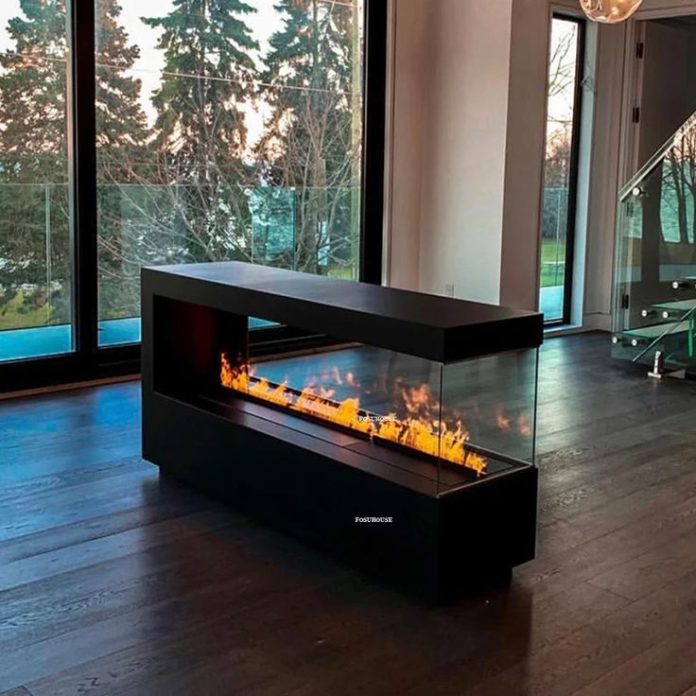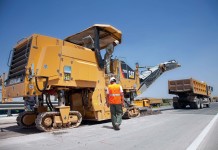A stone fireplace is more than just a heating element; it’s a statement piece, a central gathering point, and a significant investment in your home’s aesthetics and value. However, embarking on a stone fireplace installation project requires careful planning and a solid understanding of what’s involved. Rushing in without proper knowledge can lead to costly mistakes, safety hazards, and a less-than-satisfying result.
Before you pick up your first tool, here’s what you absolutely need to know to Martinistone fireplace experts.
1. Understand Your Fireplace Type and Function
Not all fireplaces are created equal, and your choice significantly impacts the installation process.
- Decorative vs. Functional: Are you building a purely aesthetic stone surround around an existing electric fireplace or a non-combustible structure? Or is this a functional, wood-burning, or gas fireplace that requires a firebox, chimney, and venting?
- Fuel Source:
- Wood-Burning: These are the most complex. They require a robust foundation, a firebox, an insulated chimney system (masonry or factory-built), a non-combustible hearth, and strict clearances to combustible materials.
- Gas-Fired: These can be vented or vent-free. Vented gas fireplaces still need a flue, but requirements might be less stringent than wood. Vent-free units produce combustion byproducts directly into the room and have specific safety guidelines.
- Electric: Primarily decorative, these fireplaces require no venting or special clearances beyond standard electrical hookups. Stone installation around them is generally simpler.
2. Prioritize Building Codes and Safety Regulations
This is non-negotiable. Building a fireplace, especially one that produces heat, is subject to stringent safety codes designed to prevent fires and carbon monoxide poisoning.
- Local Regulations (Lahore, Pakistan): In Lahore, the 2021 Building Code of Pakistan – Chapter 21 Masonry outlines detailed requirements for masonry fireplaces, hearths, and chimneys. Key areas covered include:
- Hearth Dimensions and Thickness: Specific minimum extensions in front and to the sides of the fireplace opening. For instance, hearth extensions must be at least 16 inches (406 mm) in front and 8 inches (203 mm) beyond each side of the fireplace opening for standard sizes.
- Clearances to Combustible Materials: Crucial distances that must be maintained between the fireplace structure and any wood framing, flooring, or other flammable materials. For masonry fireplaces, this can be 2 inches (51 mm) from front and sides, and 4 inches (102 mm) from the back face, to combustibles.
- Chimney and Flue Requirements: Specifications for materials, height, lining, and draft.
- Professional Consultation is Essential: Do not guess. Engage a qualified architect, structural engineer, or certified mason in Lahore who understands the local building code. They can help you design a safe structure, obtain necessary permits, and ensure compliance. Skipping this step can lead to significant safety risks, legal issues, and the need to tear down and rebuild.
3. Assess Your Existing Structure and Foundation
If you’re installing a stone fireplace over an existing wall or floor, you need to verify its ability to bear the weight.
- Weight of Stone: Stone, even veneer, is heavy. Natural stone veneer can weigh 15-20 lbs per square foot, while manufactured stone veneer is generally lighter but still significant. A full-height stone fireplace can add thousands of pounds to your structure.
- Foundation and Floor Joists: Does your existing foundation or floor framing have the capacity to support this additional load? For new constructions, a dedicated concrete footing is usually required. For remodels, a structural engineer may need to assess your current flooring and suggest reinforcements.
- Substrate Material: The surface you’re applying stone to must be stable, clean, and able to bond with mortar. Cement board is ideal for framing. Existing drywall is unsuitable for stone veneer and needs to be replaced with cement board.
4. Choose the Right Stone and Mortar
Your material choices impact both the aesthetics and the installation process.
- Natural Stone Veneer: Offers unique variations and textures. Requires more careful selection and often more complex cuts.
- Manufactured Stone Veneer: Lighter, more consistent in size and color, and often easier to install for DIYers. Comes in a wide variety of styles.
- Mortar Type: Not all mortars are the same. Some are specific to certain stone types or applications (e.g., thin-set for very thin veneers, Type S or N for heavier stones). Always follow the stone manufacturer’s recommendations.
- Color of Mortar: The mortar color significantly influences the final look. Experiment with different shades before committing.
5. Account for Tools and Skills Required
Installing a stone fireplace is a masonry project that demands specific tools and a certain skill set.
- Essential Tools: You’ll need a mixer, trowels, levels (long and short), a wet saw (for clean stone cuts), an angle grinder (for shaping), tuck-pointing tools, safety gear (glasses, gloves, dust mask), and scaffolding or a sturdy ladder.
- Learning Curve: If you’re a novice, consider starting with a smaller, less prominent area or practicing on a scrap piece. Watching instructional videos and taking a basic masonry course can be invaluable.
- When to Hire a Professional: If you’re uncomfortable with structural work, complex cutting, or ensuring code compliance, hiring an experienced mason or contractor is the safest and often most cost-effective choice in the long run. They have the expertise, specialized tools, and insurance.
6. Plan for Mess and Clean-Up
Stone installation is inherently messy.
- Dust and Debris: Cutting stone creates significant dust. Mortar mixing and application can splatter. Protect surrounding areas with drop cloths, plastic sheeting, and masking tape.
- Immediate Cleaning: Mortar is much easier to clean when wet. Keep a bucket of clean water and sponges handy to wipe off excess mortar from the stone face immediately. Dried mortar can be incredibly difficult to remove without damaging the stone.
7. Budget Realistically
Beyond the cost of stone, factor in all associated expenses.
- Materials: Stone, mortar, cement board, lath, hearth material, mantel.
- Tools: Purchase or rental costs for specialized equipment.
- Labor: If hiring professionals, this will be a significant portion of the budget.
- Permits and Inspections: Don’t forget fees for necessary approvals.
- Contingency: Always add 10-20% to your budget for unforeseen issues or additional materials.
Starting a stone fireplace installation is a major undertaking, but with diligent research, adherence to safety standards, and realistic expectations, you can create a breathtaking focal point that will be cherished for years to come. Remember, when in doubt, consult a professional.










